Here’s a thought that will make you feel old. Or worried. Or both. The poke-fun-at-celebrity-houses series Through the Keyhole — originally presented by Loyd Grossman — was first broadcast as a segment on TV-am in February 1983. That means that we are now as far away in time from Through the Keyhole’s first episode as its debut was from the end of the second world war.
It has endured almost till the present (I actually preferred the Keith Lemon version to the stilted and slightly turgid original) because it’s such an addictive format. Most of us fancy ourselves as amateur psychologist sleuths, picking up on those telling details missed by others less blessed with our perspicacity. And of course who doesn’t like snooping round other people’s houses, either giving their good taste our seal of approval or, more often, sneering at how woefully they fall short? Snobbery, prurience and parlour-game guessing: the formula is perfect.
So we can hardly blame the BBC for ripping it off wholesale in its new series This Is My House. To give it bottom, they’ve recruited their star roving foreign adventure correspondent Stacey Dooley to be presenter; and to give it that sheen of BBC familiarity they’ve recruited the usual gamut of multi-racial, poly-gendered, BBC-approved celebrity regulars: the camp one, the fat, balding, white-but-it’s-OK-because-he’s-woke comedian one, the unknown comic who is half Jamaican and half ‘British-Greek’ and talks a lot about racism.
For obvious reasons, therefore, I knew exactly which one of the four potential candidates named Fern was the real owner of the featured home in Ashford, Kent. Clearly, it wasn’t Fern the blonde American who claimed she’d bought the place mistakenly thinking Kent was in the Cotswolds; it wasn’t Fern the salt-of-the-earth Essex housewife (too right for the place and therefore a red herring); it wasn’t Fern the dark-haired girl with implausible glasses (too young and metropolitan). No, it could only be the large, black, gay man who told us Fern was short for Fernando and who got very convincingly offended when the celebrity panel made disparaging remarks about his £4,500 leather sofa.
The Fawn remained convinced it was salt-of-the-earth Fern. And I agree that this Fern came up with some nifty lines. For example, the master bedroom has a huge, curtainless picture window, with its large double bed clearly visible from the fields beyond. So Fern demonstrated the evasive roll she performs while getting out of bed so that ‘the shepherd’ doesn’t get to see her in the nude. I almost bought this till the other Ferns poured scorn on how contrived this story was.
But again, obviously it had to be Fernando because this is just what you’d expect from the BBC, isn’t it? A concealed lecturette on racism and rushing to judgment. We wouldn’t expect a black male to live in a pared-down, minimalist, immaculately tidy rural retreat like this. Therefore, we were going to be shown that one did.
I sat there, as I do these days on the rare occasions when I look at the BBC, mentally noting other evidence of PC indoctrination. For example when the comic Jamali Maddix took umbrage at the suggestion that we could judge gay Fern’s sexuality just by observing him. Generally, though, it was all amiable, harmless and mostly apolitical. Sure, this might be soma for the masses, no doubt full of concealed messages designed to turn us all into subdued, compliant citizens. But, damn it, sometimes being brainwashed into slack-jawed docility can be just what the doctor ordered.
Anyway, here’s the punchline: I got it totally wrong. It was the black, gay guy — in real life, married and heterosexual — who was the red herring. I should have listened to the clue offered earlier by one of the other fake Ferns, who dismissed him as the ‘typical BBC diversity’ candidate. But I didn’t because I never imagined the modern BBC could be so playful and self-aware. It managed it on this occasion, though. And I enjoyed it more thoroughly than I really ought to dare admit in public.
Warming to my rekindled love for BBC trash programming, I switched eagerly to a recording of The Great British Sewing Bee, which is like Bake Off but with sewing rather than cakes. I lasted just long enough for the presenters to tell us that the entire cast and crew had lived inside a Covid-protected bubble throughout filming (why? We watch these shows to escape reality, not have it rammed down our throats) and to see that the first task involved stitching together outfits including a face mask.
Got something to add? Join the discussion and comment below.
Get 10 issues for just $10
Subscribe to The Spectator Australia today for the next 10 magazine issues, plus full online access, for just $10.
You might disagree with half of it, but you’ll enjoy reading all of it. Try your first month for free, then just $2 a week for the remainder of your first year.


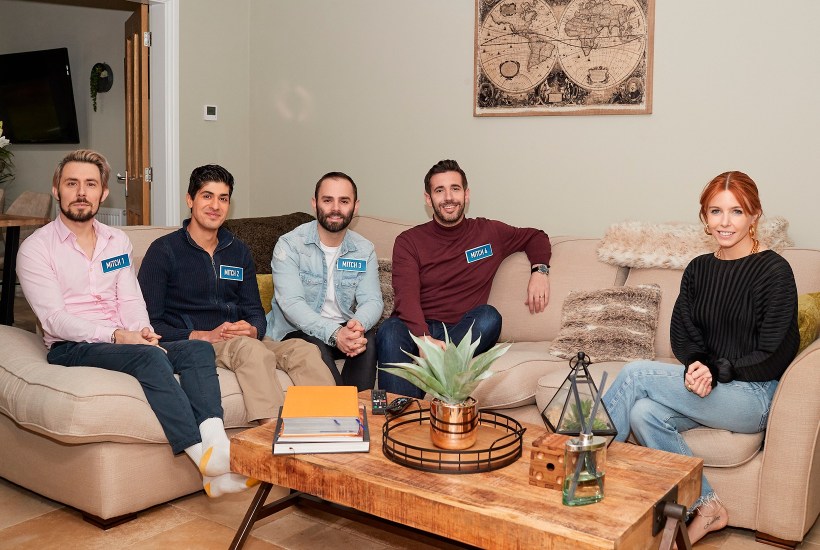
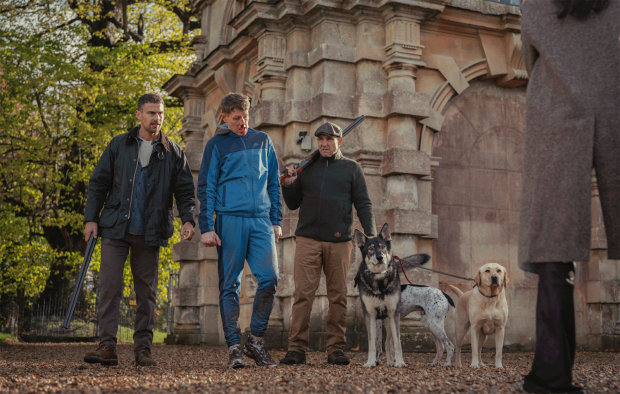
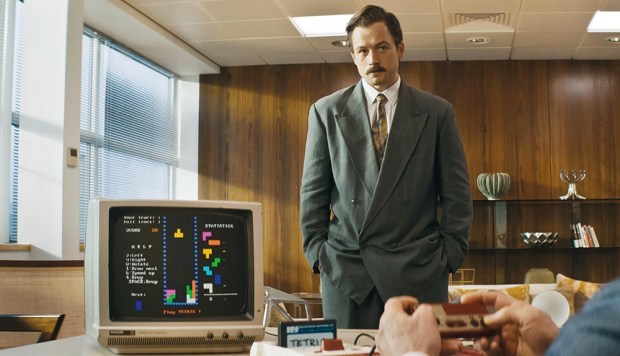


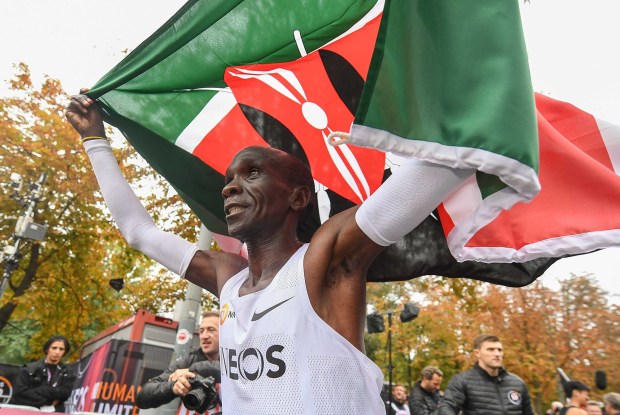
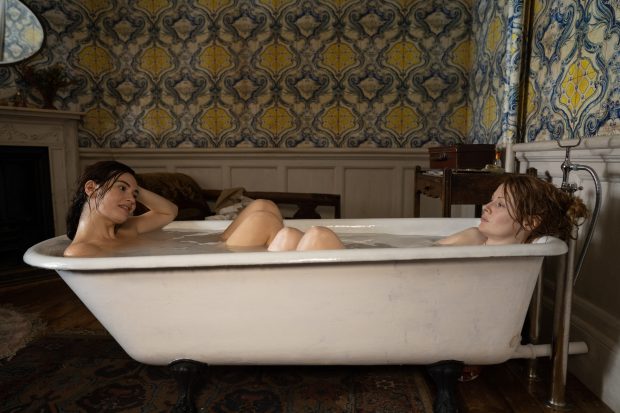






Comments
Don't miss out
Join the conversation with other Spectator Australia readers. Subscribe to leave a comment.
SUBSCRIBEAlready a subscriber? Log in